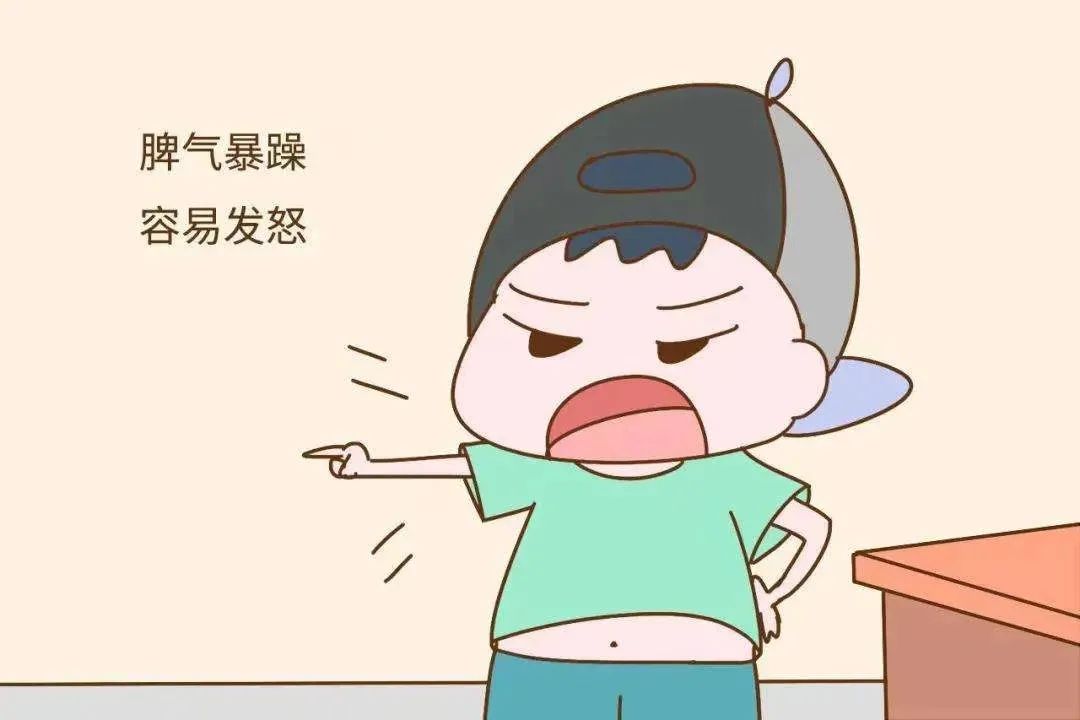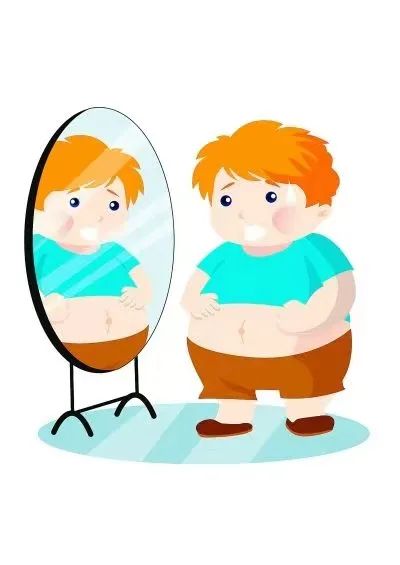 Click the blue text to follow and learn more knowledge
Click the blue text to follow and learn more knowledge
Pediatric constitution refers to the relatively stable inherent characteristics formed on the basis of congenital inheritance and acquired factors. It is the comprehensive and relatively stable inherent characteristics of the human body that adapt to the natural and social environment, formed during growth and development, influenced by congenital factors from parents and acquired factors such as nutrition and living environment. The formation of pediatric constitution is the result of the interaction of various complex factors in the internal and external environment, mainly depending on both congenital and acquired factors, and is related to gender, age, and region.
Traditional Chinese Medicine (TCM) constitution theory mainly determines the differences in individual constitutions based on the fundamental theories of Yin-Yang, Five Elements, organs, essence, Qi, blood, and body fluids. The specific classification methods include Yin-Yang classification, Five Elements classification, organ classification, and body type classification (fat and thin). Moreover, the terms used in constitution classification such as Yin deficiency, Yang deficiency, Yang excess, phlegm-dampness, spleen deficiency, and liver excess reflect individual specificity existing in a non-disease state, which is different from general syndrome names.
Yin-Yang Harmonious Constitution
The Yin-Yang harmonious constitution is characterized by a well-coordinated function. It is manifested as a moderate body size, a bright and subtle complexion, bright eyes, a gentle and cheerful personality, moderate appetite, smooth bowel movements, and strong self-regulation and adaptability. Children with this constitution are less susceptible to external pathogens, rarely fall ill, and if they do, they often recover spontaneously or are easily cured. If properly nurtured and without violent injuries or chronic diseases, their constitution is unlikely to change, making them prone to longevity.

Yang Excess Constitution
The Yang excess constitution refers to a constitution characterized by hyperactivity, heat, and restlessness. Individuals with Yang excess often have a lean but strong physique; their complexion may be slightly red or pale black, or they may have oily skin; they are extroverted, active, but can be irritable and have poor self-control; their appetite is larger, and their spleen and stomach functions are robust; they tend to feel hot and prefer coolness, or have slightly elevated body temperature, sweat easily when active, and enjoy drinking water; they are energetic, quick in movement, and responsive. Those with Yang excess are more susceptible to wind, heat, and summer heat pathogens, and when affected, they exhibit symptoms of excess and heat, which can lead to dryness and Yin deficiency, and are prone to skin issues like boils, as well as pathological constitutions such as Yang excess, Yin deficiency, and phlegm-heat.

Yin Excess Constitution
The Yin excess constitution refers to a constitution characterized by coldness and inactivity. Children with this constitution often have a plump physique, are easily fatigued, have a pale complexion lacking luster; they are introverted, prefer quietness and are easily startled; their spleen and stomach functions are poor; they tend to feel cold and prefer warmth or have a lower body temperature, with weak energy, slow movements, and delayed reactions. Those with Yin excess are more susceptible to cold and damp pathogens, and when affected, they often manifest cold symptoms, showing no fever or low-grade fever, and can easily affect the internal organs, leading to common clinical pathological constitutions such as Yang deficiency, phlegm-dampness, and phlegm-retention.

▲Some images and texts are sourced from the internet; please contact us for removal if there is any infringement.


 END
END Share
Share Save
Save Like
Like View
View

